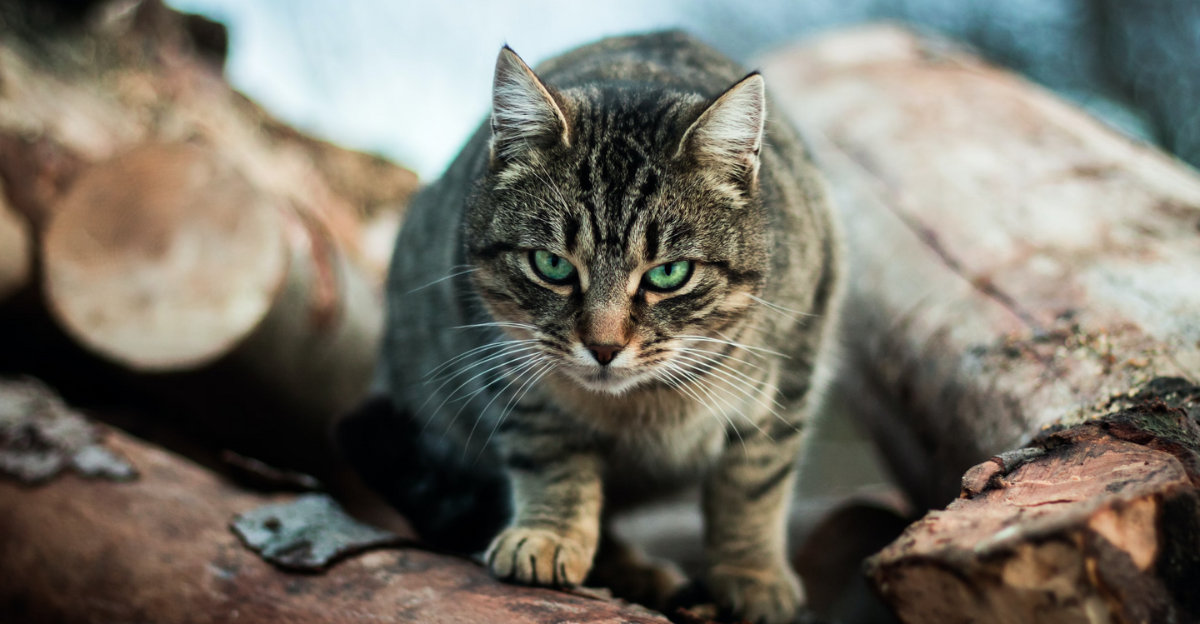
Conservationists were investigating what could be the culprit behind the disappearance of native wildlife in Australia from its fragile ecosystems. Suspect number one: feral cats. But without physical evidence, putting them on trial was impossible. Footprints in sand, bite marks on dead bodies: these were just circumstantial clues. Some deaths were due to foxes, birds of prey, or bad fortune. UNSW Sydney scientists have discovered irrefutable evidence. DNA testing has finally revealed the verdict…
The Smoking Gun – DNA Evidence

By the use of forensic-standard DNA testing, UNSW Sydney researchers certified that feral cats were the primary killers of the reintroduced native species of South Australia. Prior assumption came on the grounds of field sightings, tracks, and bites, but recent research leaves none uncertain about the true culprit.
A History of Cat Predation

Feral cats have been associated with Australian species loss. Since the European settlement, they’ve been responsible for two-thirds of all mammal extinctions. But how devastating could their presence really be? This new study reveals it’s worse than we think.
The Experiment – Following the Victims
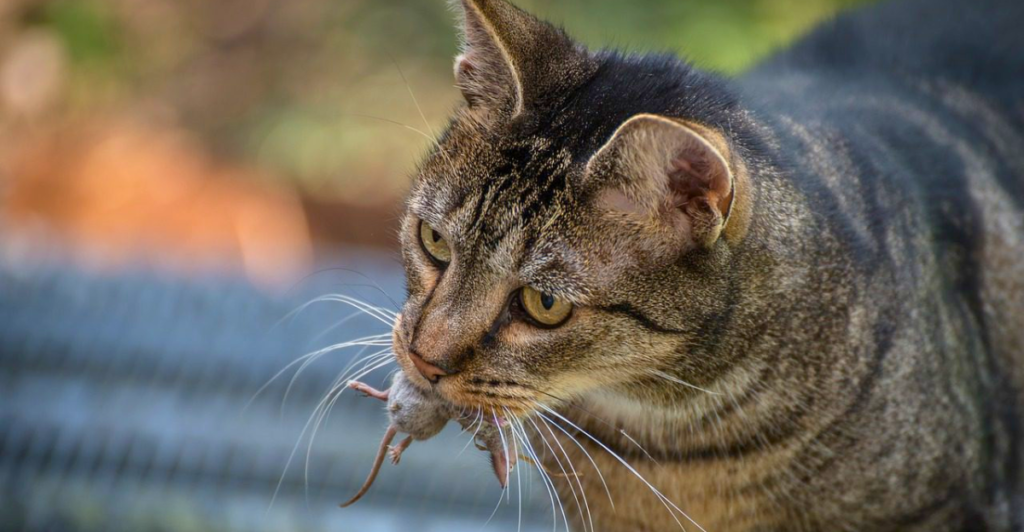
Scientists released 389 local animals, such as brush-tailed possums, quolls, bilbies, and bettongs. Of the 389, 74 were officially confirmed killed by feral cats. But DNA informed us that cats were probably responsible for even more fatalities than confirmed.
Field Evidence vs. DNA – The Big Discrepancy
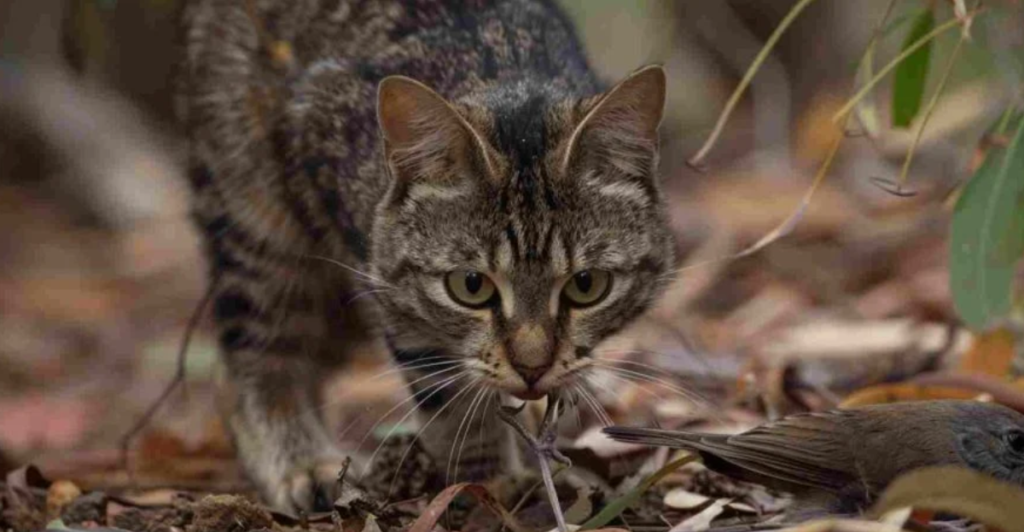
Conservationists used to base the cause of death on explicit indicators. Compared to DNA analysis, however, such practices were not reliable. Most fatalities that used to be classified as “unknown” or “natural” were actually feral cat attacks.
Why DNA Isn’t Perfect Either

DNA analysis, while more precise, was still not perfect. Cat saliva breaks down quickly, so it’s hard to find. This means that even confirmed kills are underestimating actual levels of feline predation.
The Most Vulnerable Species
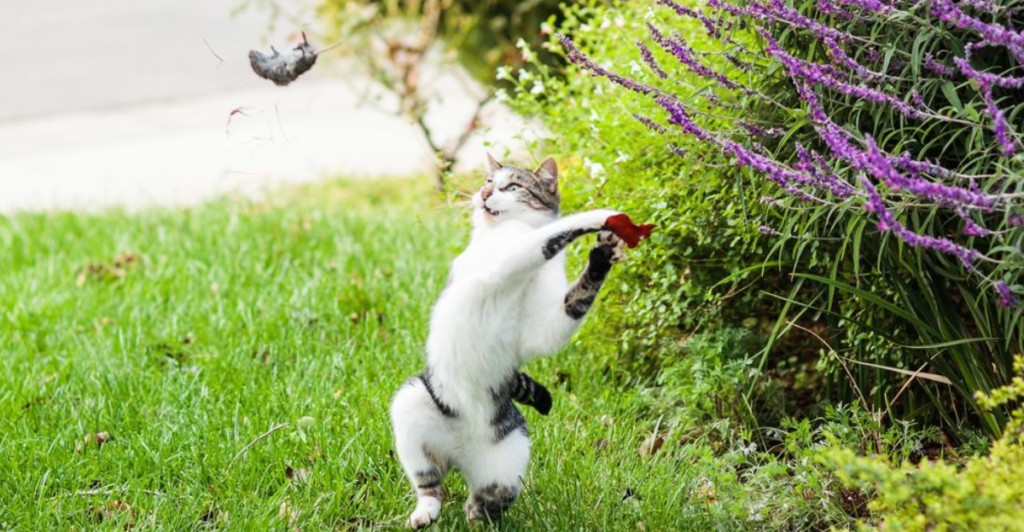
Of the four species examined, bettongs entirely failed to grow in numbers because of intense cat predation. The other three species survived, albeit in smaller numbers, demonstrating that even partial success is costly.
Can We Stop the Slaughter?
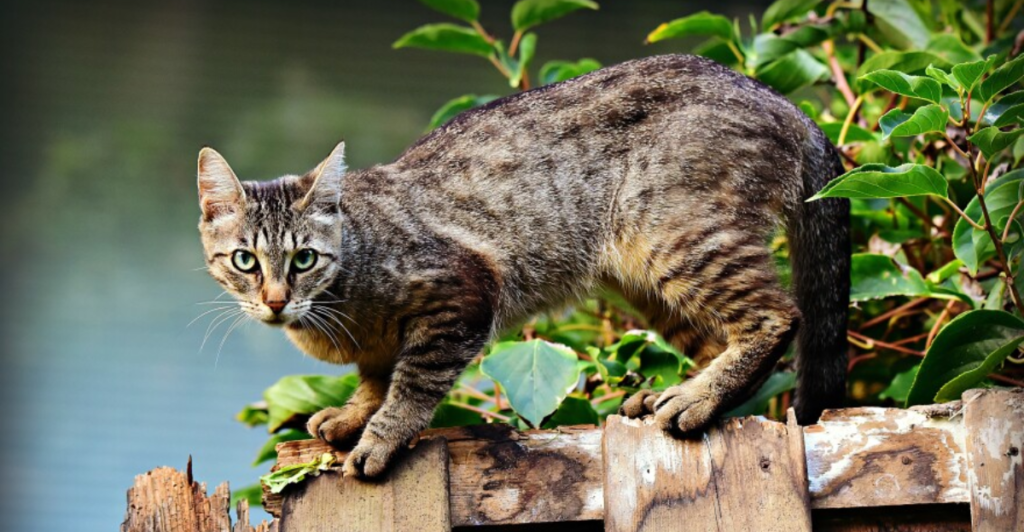
It’s not an easy task to keep feral cats in the wild. Trapping and baiting are limiting traditional methods, and large-scale solutions are out of reach. With improved control methods, native wildlife will continue to be harmed.
Implications for Conservation
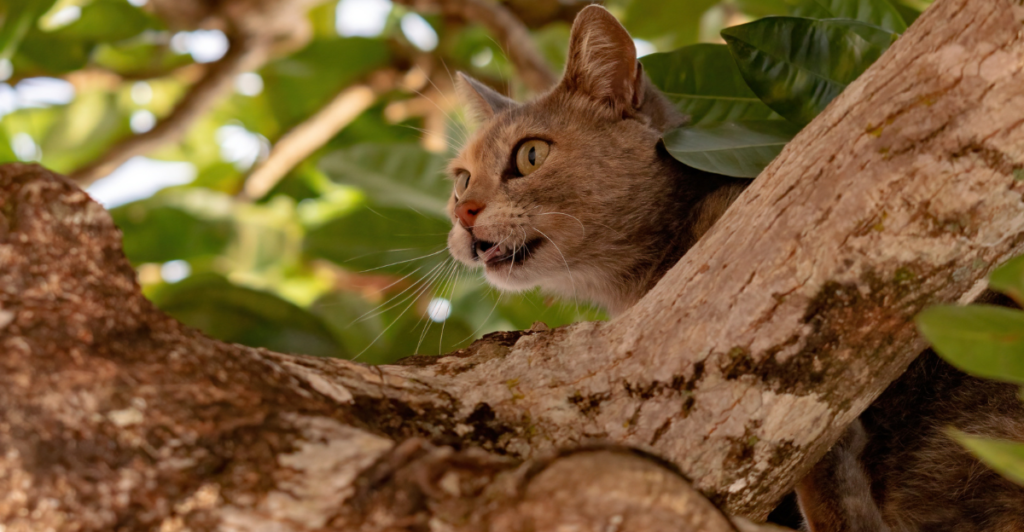
This research emphasizes the significance of DNA testing in conservations. Without it, cat predation would have been grossly underestimated. Scientists call for more widespread use of DNA and necropsy to track wildlife death.
What’s Next for Feral Cat Control?

Scientists are debating genetic control and other big-picture approaches to control feral cat numbers. In the meantime, though, conservationists have to resort to intensive management to keep cats under control: a daunting task in the vast lands of Australia.
The Uncomfortable Truth

Feral cats are not just random predators: they’re slick and successful predators inflicting havoc on Australia’s wildlife. This research validates what many had anticipated: if nothing drastic and fast is done, the future for native animals is uncertain.
Explore more of our trending stories and hit Follow to keep them coming to your feed!

Don’t miss out on more stories like this! Hit the Follow button at the top of this article to stay updated with the latest news. Share your thoughts in the comments—we’d love to hear from you!







